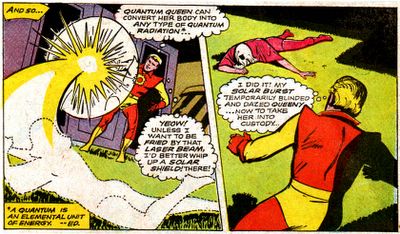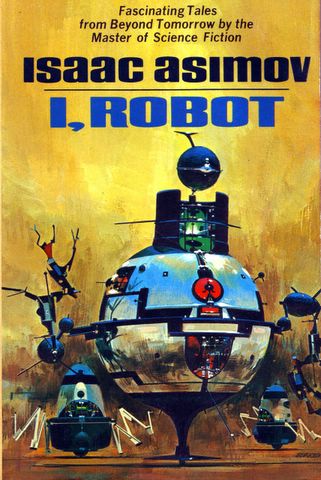Thanks to ESA’s Venus Express data, scientists obtained the first large-area temperature maps of the southern hemisphere of the inhospitable,
lead-melting surface of Venus.
 Temperature maps of Venus’ surface
Temperature maps of Venus’ surface The new data may help with searching and identifying ‘hot spots’ on the surface, considered to be possible signs of active volcanism on the planet.
 Surface areas mapped by VIRTIS
Surface areas mapped by VIRTISTo obtain this fundamental information about the surface temperature,
VIRTIS made use of the so-called infrared spectral 'windows’ present in the Venusian atmosphere. Through these ‘windows’ thermal radiation at specific wavelengths can leak from the deepest atmospheric layers, pass through the dense cloud curtain situated at about 60 kilometres altitude, and then escape to space, where it can be detected by instruments like VIRTIS. In this way VIRTIS succeeded in looking through the thick carbon dioxide curtain surrounding Venus and detected the heat directly emitted by the hot rocks on the ground.
On Venus there are no day and night variations of the surface temperature. The heat is globally 'trapped' under the carbon-dioxide atmosphere, with pressure 90 times higher than on Earth. Instead, the main temperature variation is due to topography.
On Venus 'cold' means 447º C, while 'warm' means 477º C. Such high temperatures are caused by the strongest greenhouse effect found in the Solar System.
linkWhere is Robot Hell?

















